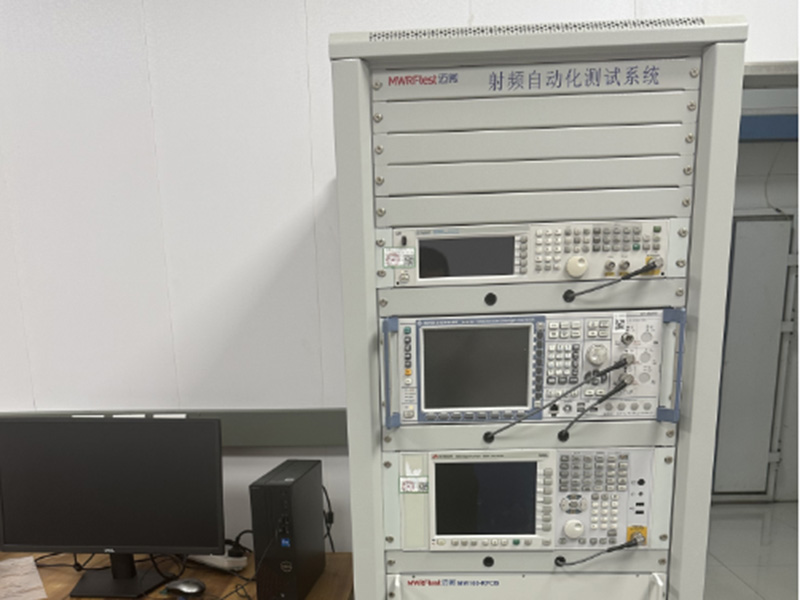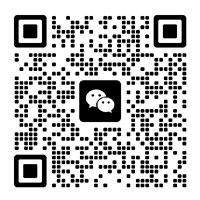Radio frequency (RF) testing

Details
Radio Frequency (RF) testing mainly assesses the transmission, reception performance and electromagnetic compatibility (EMC) of wireless devices, covering multiple fields such as communications, consumer electronics, automobiles and medical care. The following are the commonly used international and industry standards for various RF tests:
1. General Radio Frequency performance testing standards:
Wireless communication equipment
- ETSI EN 300 328 (Europe) : 2.4GHz broadband transmission equipment (such as Wi-Fi, Bluetooth)
-ETSI EN 301 893 (Europe) : Wireless access devices in the 5GHz band (such as Wi-Fi 6/6E)
- FCC Part 15.247 (USA) : 2.4GHz ISM band devices (Bluetooth, Zigbee)
- FCC Part 15.407 (USA) : 5GHz U-NII band equipment (Wi-Fi 5/6)
-3GPP TS 38.521:5G NR (New Radio) Radio frequency conformance test
Short-range equipment (SRD)
-ETSI EN 300 220: Short-range wireless devices (<1GHz, such as LoRa, Sub-GHz)
FCC Part 15.249 (USA) : Equipment in unlicensed frequency bands such as 902-928 MHZ
2. Radio Frequency Security and Compliance Testing
SAR (Specific Absorption Rate) test:
IEEE 1528: Mobile Phone SAR Test Standard
IEC 62209-1/2: Measurement of electromagnetic fields in human exposure to wireless devices
-EN 50566 (Europe) : SAR testing of handheld and body-worn devices
EMF (Electromagnetic Field Exposure) test:
-ICNIRP 2020: International Commission on Non-Ionizing Radiation Protection Standard
- FCC OET Bulletin 65 (USA) : RF exposure assessment
3. Industry-specific RF testing standards:
Automotive electronics
- ISO 11451/11452: Vehicle electromagnetic immunity test
- CISPR 12/25: Vehicle Radiation Emission Test
Internet of Things (IoT)
-ETSI EN 303 645: Cybersecurity of Internet of Things Devices and RF testing
Wi-Fi Alliance (WFA) certification test
-Bluetooth SIGRF test specification
Medical wireless equipment
- IEC 60601-1-2: EMC Requirements for Medical devices
-AAMI /ANSI C63.27: Wireless Coexistence Testing of Medical devices

 Scan WeChat to chat
Scan WeChat to chat